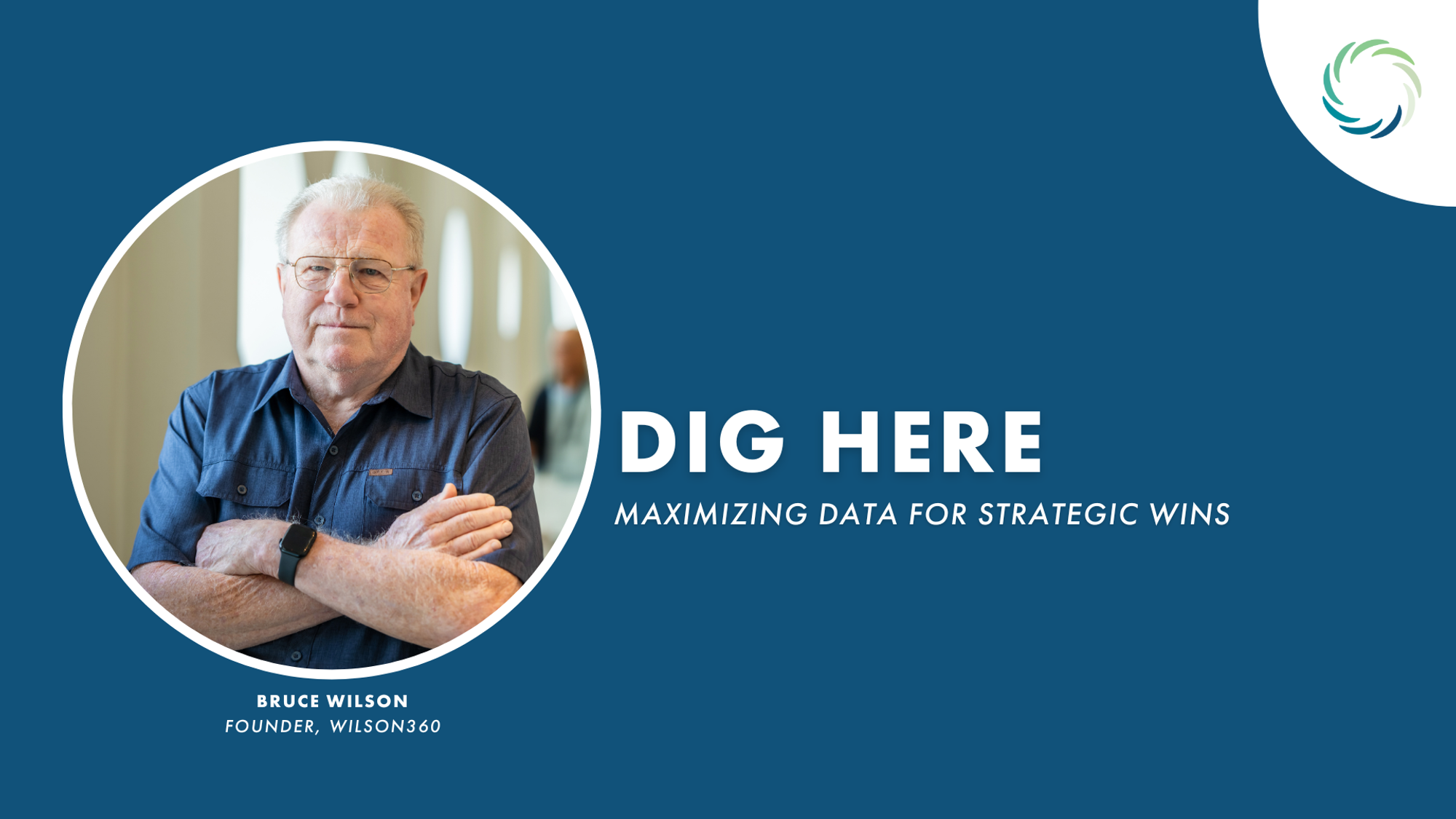
Dig Here
Maximizing Data for Strategic Wins
Finding first mover advantage is like a treasure hunt. Being the first to uncover hidden insights or deliver something customers actually want is indispensable. Every year, the amount of information increases exponentially and the sheer volume and speed at which data comes in makes it almost impossible to leverage its potential. By 2030, it’s estimated that more than 30 billion devices will be connected to the internet, but on average, less than half of an organization’s data is actively used in making decisions — less than 1% is used at all.
As business owners, we long ago committed to robust software programs for tracking job cost and overhead, labor hours, crew efficiency, and other categories, including equipment. But today, CEOs tell me that there is just too much data for them to handle, and no one ever seems to really study it. I think there are three reasons for this: Lack of strategy, lack of time and resources, and traditional systems that are ill-equipped to interpret it. Worse, when data comes in — like financial reporting on or ahead of budget or prior year’s reporting or insights on customer buying patterns — it is set aside, replaced by day-to-day urgencies instead of using it to improve performance.
When I was building ValleyCrest’s landscape maintenance division in the 90s, we were early adapters of information technology. We produced exception reports we called “Dig Here,” which alerted us to things like job costs with no or abnormally low billing or the reverse. It was a great feature but underutilized. There never seemed to be enough time.
I did think about other things we should analyze, such as job costs versus bid estimates to improve our bidding processes. We only did this when we were low-bid and thought we might have under-bid the job. The result was that we always studied the job and made it profitable. I often thought we should do this with all our jobs. Again, we did not do it because we had no time.
Occasionally when a branch wanted to buy some new equipment, I made them read hour meters on large mowers for a month to see how much they were being used. Usually, this revealed that we had plenty of equipment if we utilized it more efficiently.
Business owners usually have good instincts as to why things happen. This is particularly true about the impact of activities and operations at headquarters or the main branch. As companies expand, the stakes are higher. Intuition gets less reliable with more branches and more growth and it becomes more difficult to make decisions by instinct alone.
For perspective, consider Michael Lewis’ bestselling book, “Moneyball: The Art of Winning an Unfair Game,” which was essentially about the importance of using predictive analytics to develop a highly successful team despite having little to no budget. In the real-life example, using data literally changed the game, leading to 95 wins per season, four division titles, and five playoff appearances.
Whether or not you hire your own data analyst will be different for every company. My rules of thumb are these:
- Are you in the $10-$15 million and above range and reached a point where you have enough data to generate high-quality insights and patterns?
- Are your existing assessment tools and resources no longer accurately monitoring your company’s health?
- Are your employees saying, “This is great information, but what should I do with it?”
Even if you don’t realize it, you probably already have more than enough reasons to implement a data management strategy. If a full-time analyst isn’t in the budget, consider hiring a specialist or third-party solution who can extract the full value from all the data at your disposal and guide you on how to protect your insights and privacy.
Bruce Wilson is the Founder and Chairman of Wilson360 and can be reached at bruce@wilson-360.com

